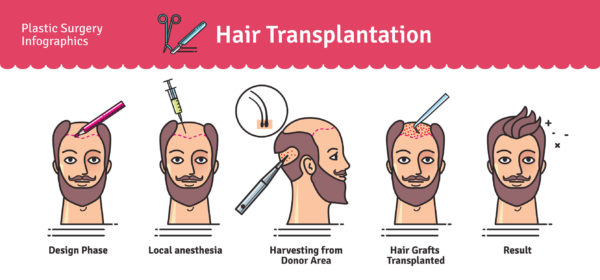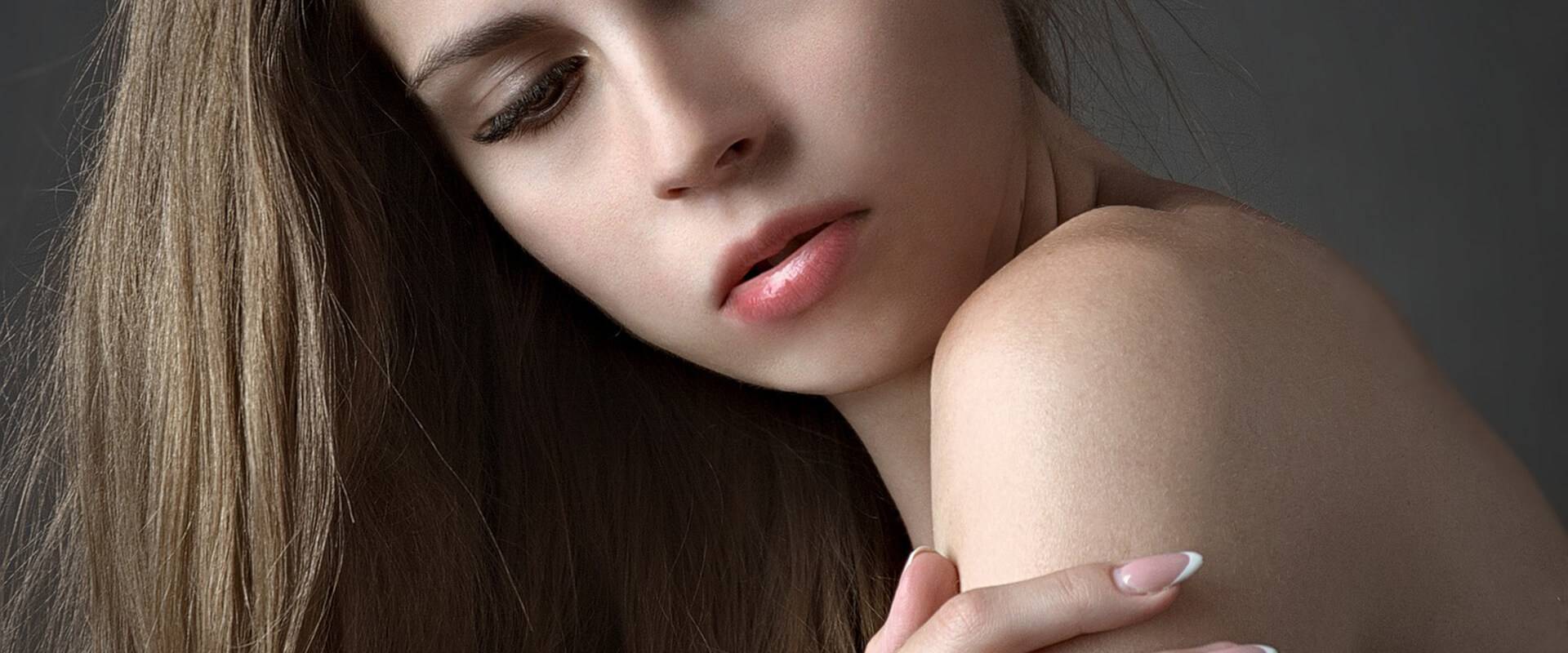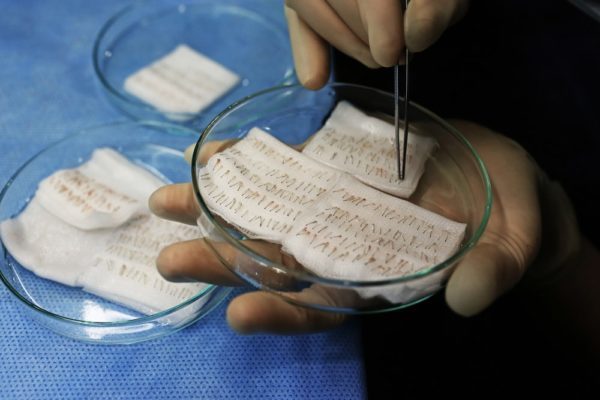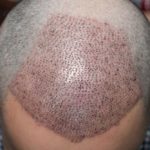Hair transplant in Korea is a standard, popular procedure. Not only in South Korea, but men and women all around the world are suffering from hair loss due to various reasons. Often people’s self- esteem lowers as the hair gets thinner since it is a part of our identity. Therapists, therefore, suggest hair loss treatment as a form of therapy.
South Korea is a leading country regarding hair loss therapy and hair transplantation.
What is a Hair Transplant in Korea?
As the worldwide leader of plastic surgery, according to The International Society of Aesthetic Plastic Surgery and modern technology, hair transplants are the most effective way to treat hair loss. In South Korea, you can get the best natural-looking hair loss treatment with a success rate of 98%.
Hair loss treatment involves taking hair from your Donor Site and transplanting it to the bald area of the Recipient Site, which will be found after a consultation with a professional. The treatment is possible through two different methods, which are explained further down. A local anesthetic will be applied before the procedure starts.
The History and Background of Hair Transplant in Korea
Korea’s fast development brought many inventions into the medical field, including procedures for hair treatment. Being a country that concerns themselves actively with their outer appearance, Korea invented the innovative follicle-transplant technique, which is nowadays used globally.
Research and operational guidelines for specific hair groups were also done by “The Organizing Committee of the Korean Society of Hair Restoration Surgery (KSHRS)” and are used by Korean surgeons to ensure the best hair treatment results. These guidelines include adjusting the shape of the hairline, methods for extracting hair follicles, and medicinal treatment to improve the effect.
In 2016 the first Korean hospital adopted a robotic hair transplantation system called ARTAS. The robot uses algorithms to detect and select the best hair follicle for transplantation. The latest Korean hair transplant discovery is an allogeneic hair transplant. It is a method that allows hair loss patients to receive other people’s hair without taking an immunosuppressant.
Overview of the Procedures Done for Hair Transplant in Korea
Hair Transplant in Korea uses two different methods for hair loss treatment.
The first hair transplant procedure method extracts the hair individually, while in the second, tiny patches of skin are removed, consisting of several hairs, from the back or side of your scalp. The Korean cosmetic surgeon implants these hair follicles/ patches into the bald sections.
-
FUE(Follicular Unit Extraction)
This method does not involve the extraction of the skin. Hair follicles will be transplanted one by one using a needle or a scalpel. Korean surgeons often prefer the FUE procedure as it is minimally invasive. Scarring is minimal to not visible at all. This method is recommended for patients with shorter hairstyles, and that seek a less invasive procedure. Follicular Unit Extraction is suitable for both men and women and patients with a thin scalp.
-
FUT(Follicular Unit Transplant)
Also referred to as strip surgery, is a procedure where parts from the back of the hair are being transplanted to the bald area by stitching, as the back and the side are less vulnerable to future hair loss. After 3-4 months, natural hair growth will start. This method results in beautiful, natural-looking hair. It also has the advantage of the transplanted hair being more precise. This technique is a proven effective procedure. It is recommended for patients with longer hair.
The FUT procedure of hair loss treatment is not as oftenly used in Korea as the FUE method.
The FUT recovery period is more extended than the FUE method.

Essential Benefits of Getting a Hair Transplant in Korea
- Hair Transplant in Korea is known for being high quality. Done by top surgeons, a promising natural-look is possible.
- Korea’s constant development in the medical field enables surgeries to have precise results.
- Using the latest technology, Korea has the highest survival rate of transplanted hair follicles.
Before and After Picture of the Procedure for Hair Transplant Treatment in Korea
Before Hair loss treatment, the patient had strongly noticeable bald spots, especially the widow’s peak, and the crown area. In most cases, hair loss doesn’t affect the back and side – therefore, healthy hair follicles are being harvested to serve as donors.
After hair transplantation, there is a clear difference. The head now seems full of hair, and people would never guess that there was surgery involved. Patients can gain their self-confidence again as their appearance is enhanced.
Where Can You Get the Most Effective Hair Transplant in Korea?
At Seoul Guide Medical, we are in contact with the best Hair Transplantation clinics in South Korea. We will connect you with specialized dermatologists who have the highest qualifications to properly advise you about this surgery and help consult you before, during, and after the procedure.
If you wish to get Hair Loss Transplantation in South Korea, do not hesitate to contact Seoul Guide Medical.
FAQ:
Is Hair Transplant Right For Me?
If you are affected by hair loss due to a specific reason, hair transplantation in Korea is the right choice for you. Keep in mind that there may be a need for continuing medical treatment after hair transplant surgery. It is necessary to check with your doctor first before undergoing any surgery.
How Long will the Transplant Procedure Take?
For the best results, a session, with Korea's top surgeons, can last from 4-8 hours. Depending on the size of the bald area, more sessions may be required. Stitches are usually removed ten days after surgery.
What is the Period of Recovery?
Will the effect be long-lasting?
After a successful hair transplantation, hair starts a natural-looking regrowth as the hair is transplanted in the direction in which the hair would normally grow. However, as hair loss is mostly inherited and comes with age, a patient who did have hair treatment will potentially need 'touch up' surgery to maintain the look of the hair transplant.




